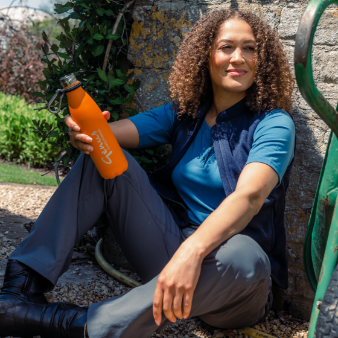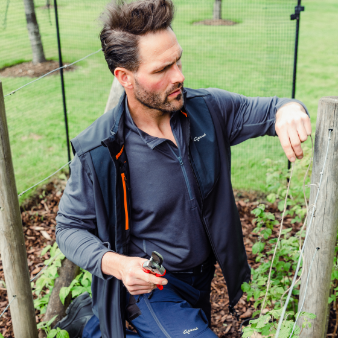From elderflowers to nettles, wild garlic to blackberries, there are so many wild plants to pick and eat. And foraging for this delicious, nutritious and free bounty has a host of benefits.
In their RHS Chelsea Flower Show garden, designers Hugh and Howard Miller chose the theme of foraging for the Alder Hey children’s hospital garden, as it ties into the NHS’ five steps to mental wellbeing: to be physically active, to learn, to share, to connect with others and to be mindful, all things encouraged by foraging.
It might be easier to buy elderflower cordial from the supermarket, but picking the scented flower heads yourself and making your own cordial, is altogether more satisfying. As well as keeping you active and sociable, relying on your skills and nature’s generosity is great for your sense of self-worth – an excellent antidote to depression and anxiety.
Foraging also encourages you to connect with nature, to bend down and really look more closely at what’s growing, as you seek out the juiciest and freshest dandelion leaves. And working out when the leaves, berries and flowers are at their best keeps you in touch with the seasons.
It's also fun and engaging for the mind to learn about new ingredients that you can’t find in the supermarket, and invent new recipes for cooking them. And wild food tends to be more nutritious and natural than shop bought food.
So, how about trying a wild garlic pesto or adding a handful of young narrow-leaved plantain to a salad, with a splash of nettle vinegar. You might even have wild strawberries or amelanchier berries (ready to pick when they’ve turned dark purple) in your very own garden, just waiting to give your next meal a little lift.





